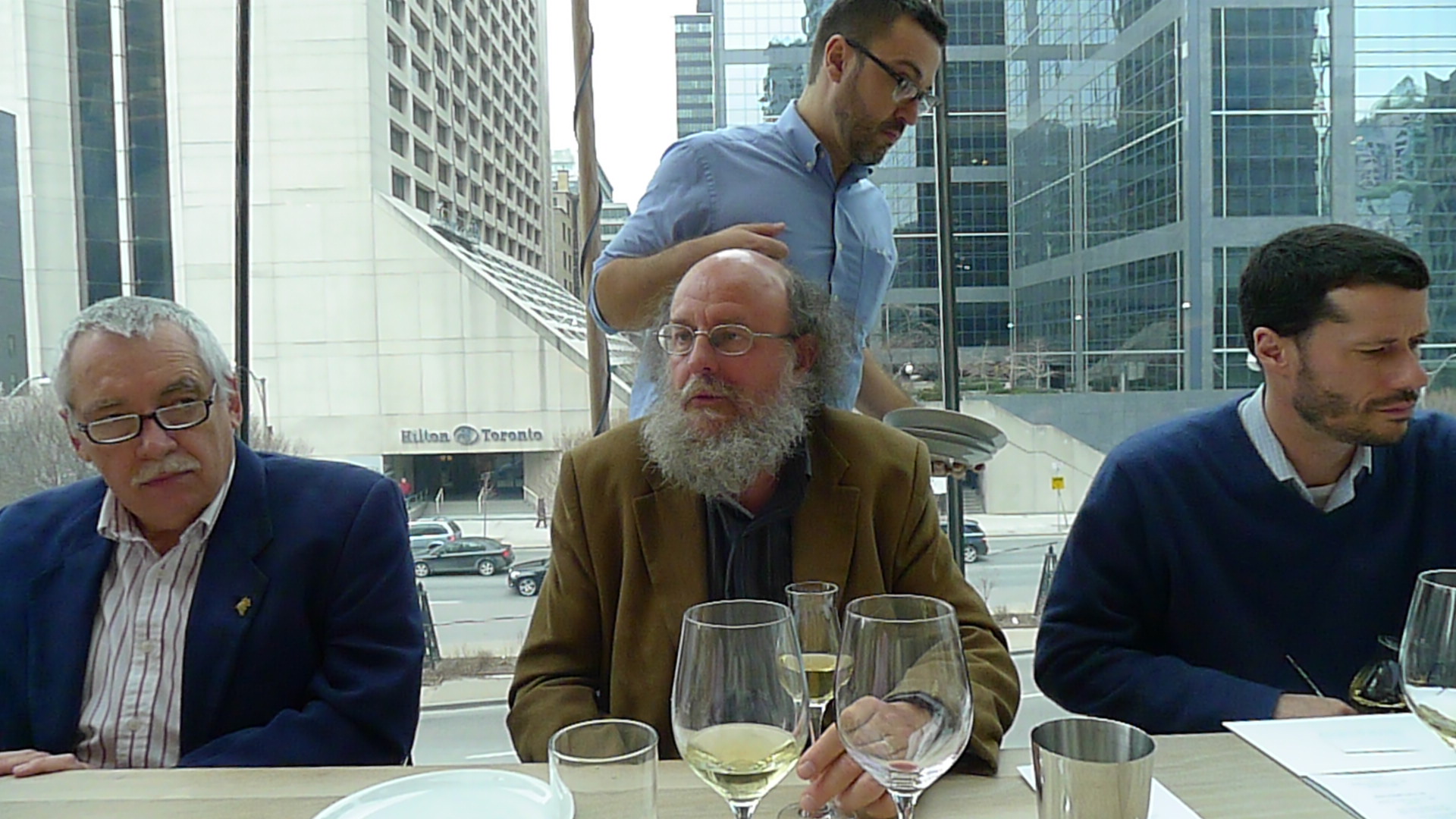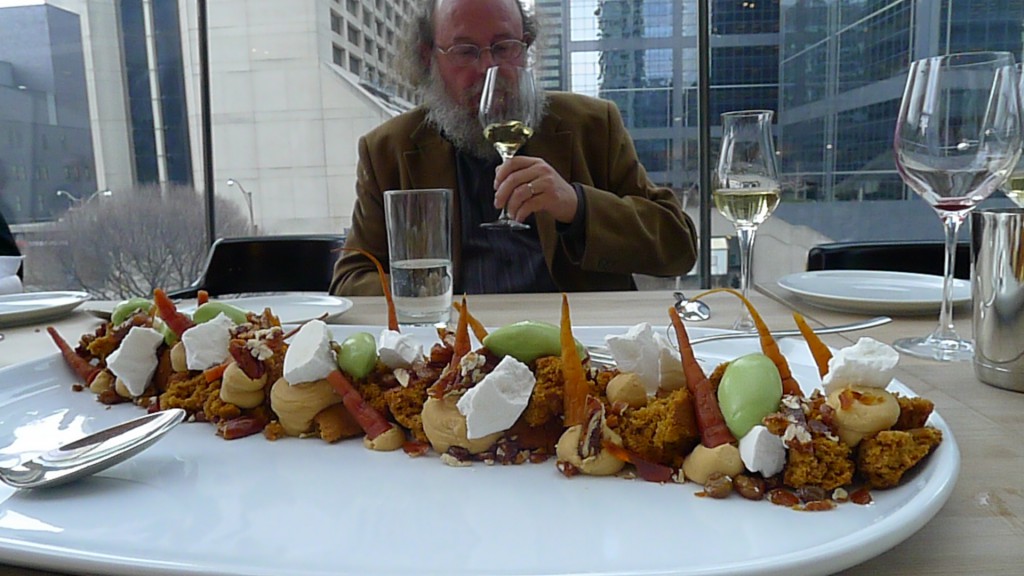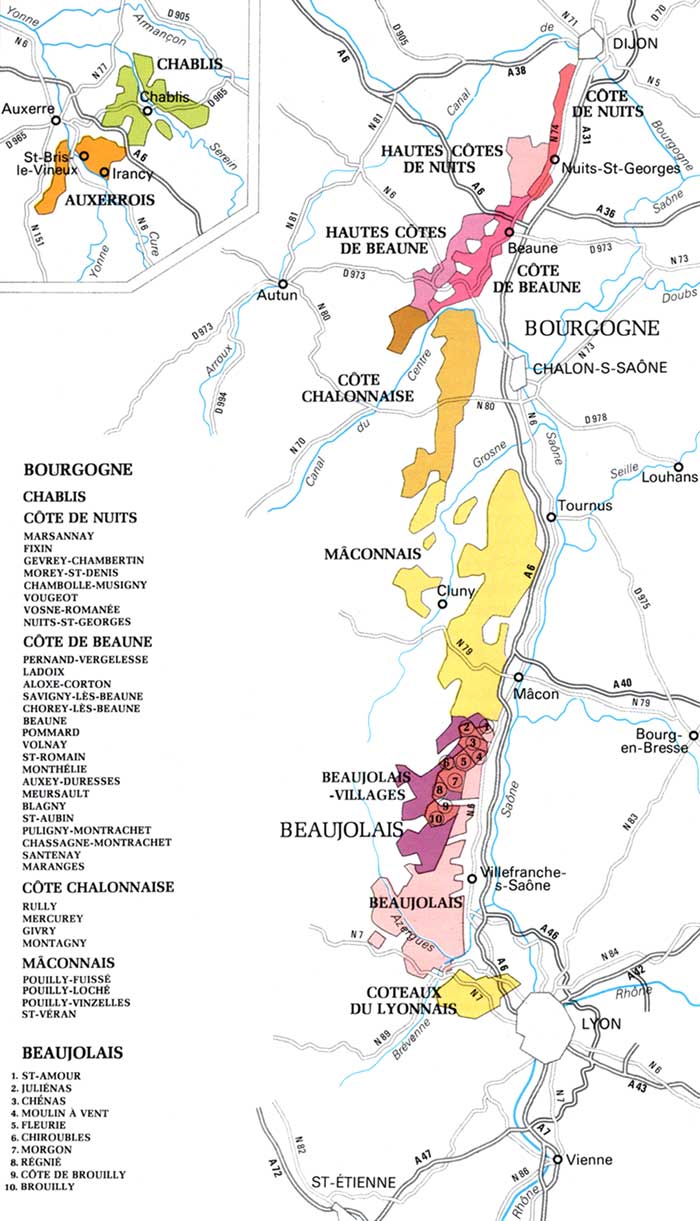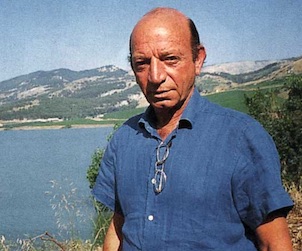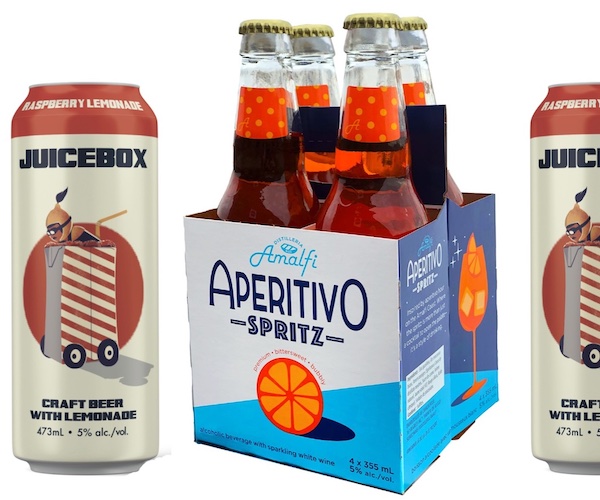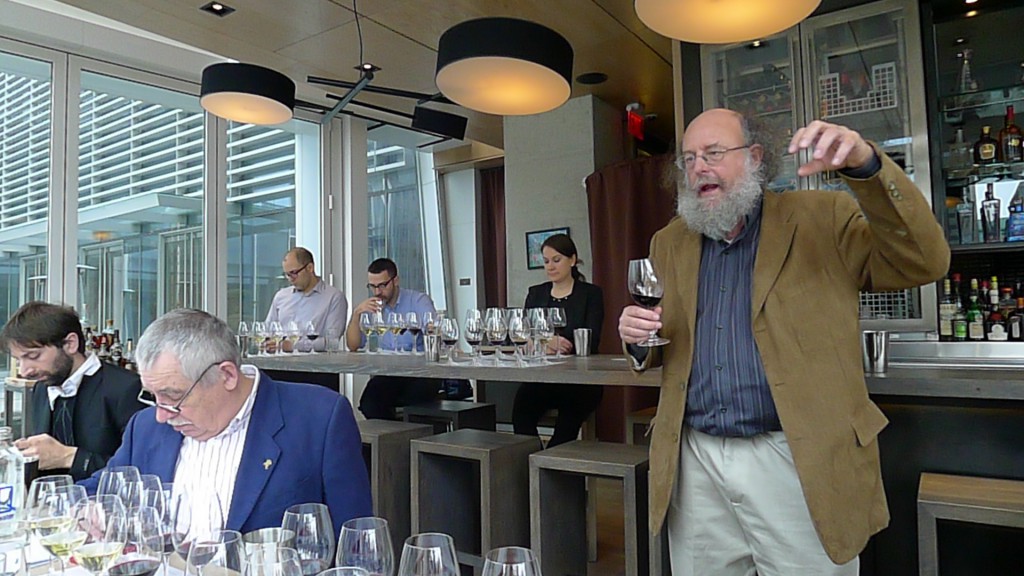
Stratus Winemaker J. L. Groux holding court at a special tasting of single varietals at Toronto’s Momofuku
Last month saw Stratus Winemaker J.L. Groux host an intimate tasting and lunch at Toronto’s Momofuku Daisho to herald the release of the winery’s current single varietal wines. Groux was quick to point out that Stratus was still very much focused upon creating the blended wines on which they established their enviable reputation, but feels that these single varietal components are incredibly interesting in their own right, mentioning that September will bring a similar exposition of Stratus’ famed assemblage wines.
The majority of the eight 2010 bottlings tasted before lunch were winery only or online exclusives, with the 2010 Chardonnay being part of the 2012 J.L. Groux/Paul Hobbs collaboration Vintages Fall release. Needless to say, all of the wines we tasted upon that day were produced in extremely small lots and so it was a great privilege to have the opportunity to taste them together with J. L. Groux leading the proceedings, Daisho’s amazing natural light adding much to the session.
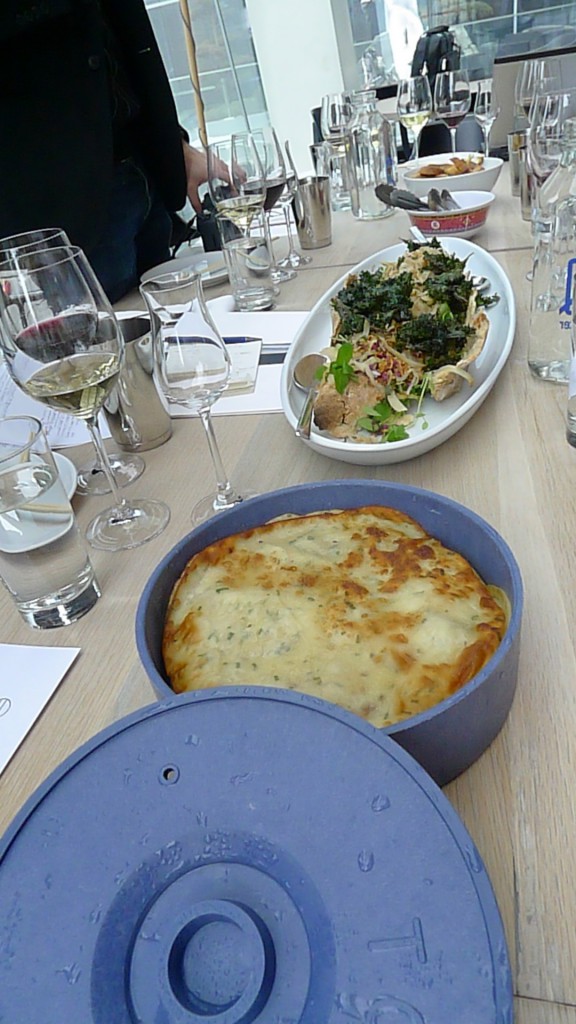
Lake Erie Pickerel with Brassicas, Celariac and Arctic Rose – Served with the 2011 Stratus Gewürztraminer
2010 is seen as being a tremendous year for Niagara wines, in particular the reds. Groux spoke of Stratus’ harvest being incredibly compact and balanced, explaining that the vines’ relative vigours, canopies, and eventual yields were all exactly where the team had been working upon them being come picking.
He noted that there had been some trouble retaining acidity in some of the reds as it had plummeted rapidly as the grapes came close to perfect physiological ripeness, admitting without a hint of shame that some of the reds had required just a touch of tartaric acid at the very beginning of the winemaking process.
On the other hand, phenolic ripeness had been right on the money, with fabulous polyphenols, tannins, and colour translating directly into the glass, as was evidenced through the wines in front of us that morning/afternoon.
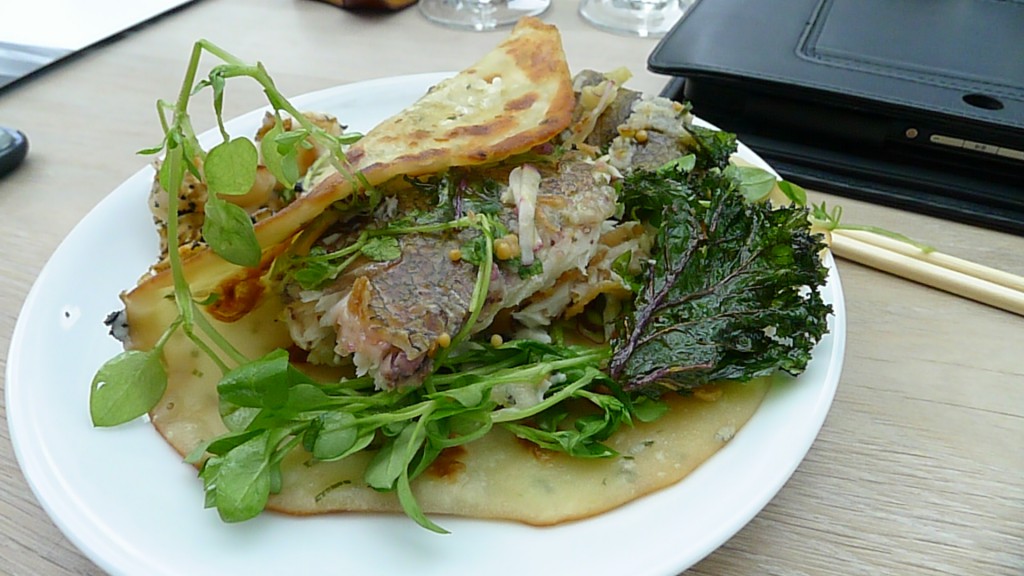
Lake Erie Pickerel with Brassicas, Celariac and Arctic Rose – Served with the 2011 Stratus Gewürztraminer
Groux guided the excited group to the first wine, the 2010 Stratus Gamay, noting that he feels that in Niagara Gamay really needs to be treated like Pinot Noir. He chooses to pick Stratus’ Gamay fruit when the grapes are shrivelled on the vine and incredibly concentrated, with much of the fruit falling off and being lost to the ground. Groux spoke of this regime allowing the grapes to reach perfect polyphenol maturity, and despite ending up with a higher level of alcohol he is not worried by this due to the wine’s superb concentration. The wine was displaying a delicious soft mouthfeel due to the aforementioned polyphenols and aromatics.
He also mentioned that making Gamay in this fashion does not make for good business as very few people are prepared to pay $40 plus for a bottle of Gamay (this bottling sells for a very reasonable $29). He went on to joke that if he only made this particular wine then Stratus would go bankrupt in no time at all. Through his presentation it became obvious that J.L. is rather fond of his 2010 Gamay, as were the assembled group of tasters.
Groux admits that twenty years ago he was not a believer in Niagara Syrah, and it has been only in recent years that I myself have been convinced that there is a promising future for such wines. After some lengthy experimentation with Stratus’ three French and Californian clones Groux came to the realisation that Niagara’s climate actually suits the grape extremely well, strongly believing that the Niagara-On-The-Lake sub appellation, further from the lake, is the very best place to make quality Syrah in the region. Not only does Syrah refrain from going green as one often finds in both Cabernets (Sauvignon and Franc), it also harvests before both of those much-planted varietals.
As always with Stratus the Syrah sees a fair bit of green harvesting, but it wasn’t until Viticulturist Paul Hobbs suggested that both wings of the vine should be removed to increase the quality of the fruit that Status’ Syrah really began to come into its own. With so much fruit ending up on the ground, the yields for this wine now sit at a minuscule two and half tonnes per acre.

Salsify with Cured Roe, Tapioca, and Grains of Paradise – Served with the 2011 Stratus Gewürztraminer
Moving on to the 2010 Stratus Merlot, Groux remarked that in a warm year Merlot can easily get overripe and burn, even in Ontario. In a hot year it is possible to pick Merlot at over 26 brix, but in 2010 Stratus managed to bring it in at a more reasonable 24 brix. Yield is also key to producing quality Merlot, with Stratus taking over a block of a non-clonal selection that was planted back in 1985 that used to crop at a staggering 10 tonnes per care with the old owner. Stratus worked at reducing that to two tonnes per acre with a significant leap in quality. Despite Stratus’ Merlot being a fantastic example of what it is capable of in Niagara, Groux still feels that it works better in his blends than it does as a single varietal.
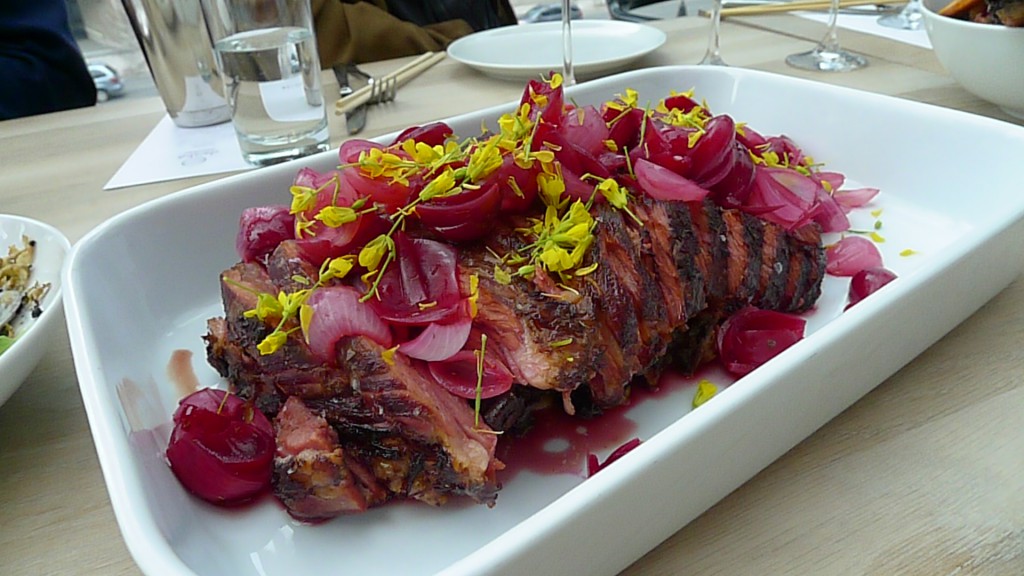
Beef Shortrib, Beetroot, Horseradish, and Caramelised Fennel – Served with the 2009 Stratus Cabernet Franc
Malbec is a grape that has, until recently, been much misunderstood in Niagara. Marynissen planted half a row some 20 years ago and a few other Winemakers have experimented throughout the following decades. Groux states that he wasn’t too enthusiastic about the varietal to begin with until he met Paul Hobbs who showed him how to treat the varietal in both the vineyard and the winery.
With huge bunches of grapes weighing in at one to two kilos per bunch, having one bunch per shoot was way too much yield-wise and so Groux and Hobbs went down to one bunch every two shoots, as well as clipping of the wings. In the winery they instituted a 35 Celsius maceration for four weeks, as well as some dejuicing to concentrate the eventual wine. After making these adjustments Groux tells us that it was only then that he became convinced that Niagara was a great place to make Malbec.
When Groux asked Paul Hobbs what kind of Malbec he would compare their co-production to Hobbs replied that for him it was reminiscent not of Cahors, but of some of the high-altitude Argentinian Malbecs that he had experienced. Malbec is known the world over for its use as an excellent blending component in assemblage wines, and indeed Groux has been moving to make the grape a more prominent component in the Stratus Red blend. Malbec is certainly making its niche in Niagara today, with a few others discovering that not only does it harvest way before the Cabernets, but it also doesn’t “go nasty” if overcropped.
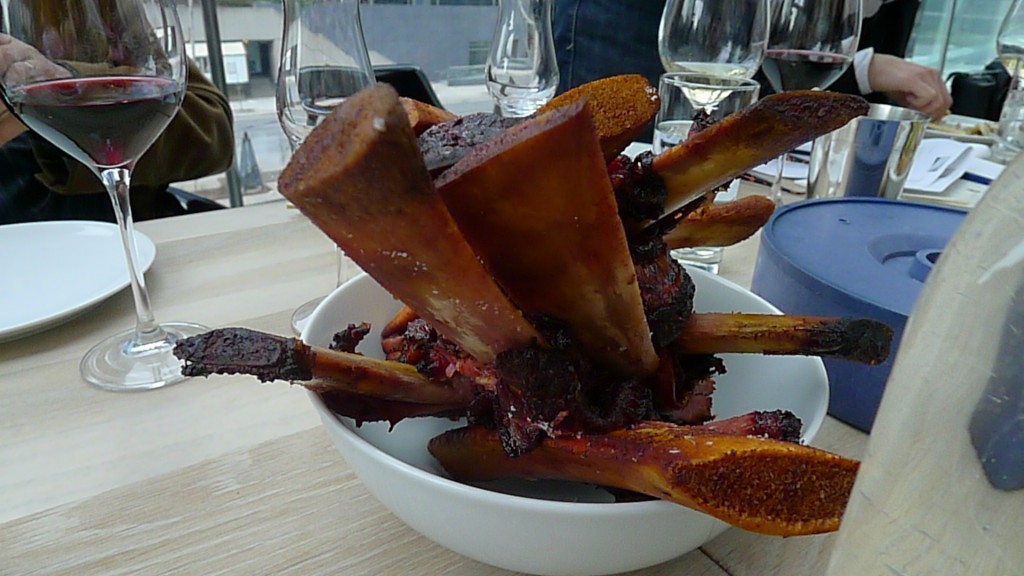
Beef Shortrib, Beetroot, Horseradish, and Caramelised Fennel – Served with the 2009 Stratus Cabernet Franc
A few years ago Groux found himself with half a barrel of Petit Verdot from the Stratus estate, meaning that he had no choice but to bottle it as single varietal as in such a minute quantity it had little purpose for blending. Over the years Groux has come to believe that this varietal works better in Niagara than it does in its ancestral seat of Bordeaux, where he first studied oenology.
Groux recalls his first experiences of making Petit Verdot as a young student: Having been banished to an outbuilding of the school with his “lesser grape” he was shocked to return to the fermented wine and find it giving off unpleasant amounts of ethyl acetate. He soon came to learn that this was simply one of the grape’s unique evolutionary stages, and was nothing to get worried about.
He spoke of the way in which the Petit Verdot grape performs on the vine, staying green until early September, but then ripening incredibly quickly once it gets going, harvesting after Gamay, but before Syrah. Perhaps its only downside is its inherent high acidity, a quality recognised perennially by many a Sommelier for its versatility when pairing with food. Groux remarks that it does make its way into his blends now and again and that the acidity has tempered somewhat as the vines have aged.
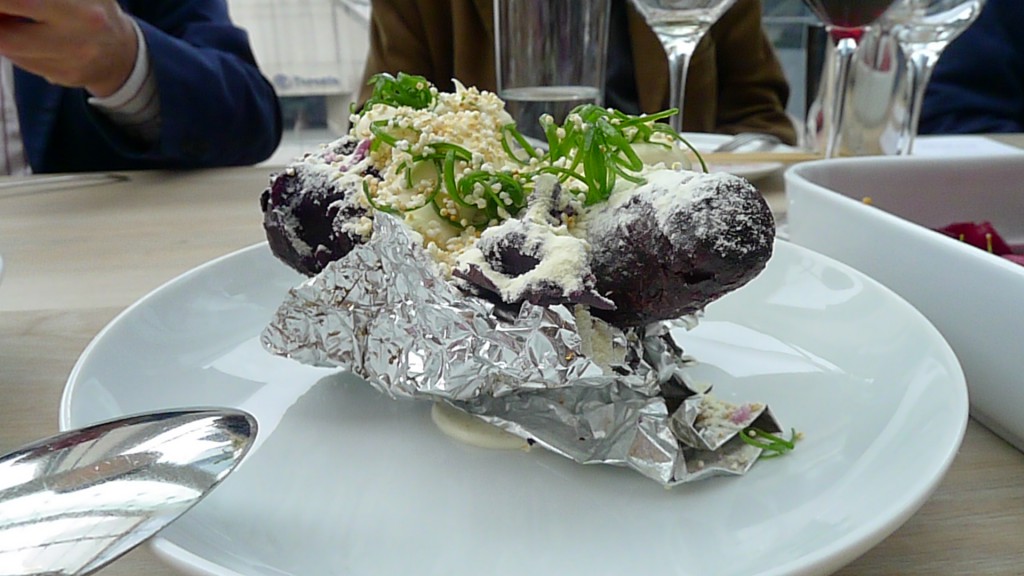
Sweet Potato, Crème Fraiche, Amaranth, and Green Onion – Served with the 2009 Stratus Cabernet Franc
Although we have been talking about 2010 being a fantastic vintage it was, in many ways, a challenge when it came to whites. Stratus has 3.5 acres of vines planted to Chardonnay and it was only recently that Groux has come around towards Paul Hobb’s ways of making Chardonnay, notably whole bunch fermentation, and the use of native yeasts. Indeed the entire birth and evolution of this particular wine was a continual back and forth between the two Winemakers.
The 2010 Stratus Chardonnay went through a full malolactic fermentation, with just a touch of tartaric acid being added at the very start of the winemaking process. Groux states that he didn’t agree with this at first as he wanted to go with 50% malolactic in order to preserve the acidity in the warmer vintage. The Stratus Chardonnay usually spends around two years ageing in barrel, but in this particular vintage Groux and Hobbs chose a mere nine months of élevage, a regime that they felt worked better with the pristine fruit they had harvested.
Wild yeasts do not like working in clarified juice, so in the case of this bottling the juice was incredibly cloudy. When Groux worried about the fermentation becoming stuck Hobbes spoke of leaving the barrels outside in March, allowing fermentation to restart as the temperatures began to rise… Groux pointed out that this may be a great idea in California, but not Canada!
When questioned that he, with the assistance of Hobbs, is perhaps making more New World wines these days Groux makes a point of saying that he is not trying to follow a Californian, Australian, or Burgundian model, but that he is simply trying to make the very best wine that he can here in Niagara-On-The-Lake. Groux remarks that although he has learned so much from Paul Hobbs expertise, the two of them have a lot more in common that one would think.
Groux moves our attention to the 2010 Stratus Sauvignon Blanc, noting that he has found it very difficult to maintain a Sauvignon Blanc style year after year because of Niagara’s fluctuating temperatures each vintage. He stresses that canopy management is very important, changing the method with each different vintage. He doesn’t care much for the New Zealand tropical style, instead looking to the gooseberry, boxwood, and minerals of bone dry Sancerre. These Sauvignon Blanc, he informs us, are built to last, and will age incredibly well. When asked about blending the grape with Semillon Groux notes that he has done this in both 2009 and 2010, labelling it as Stratus Meritage.
Bringing as neatly to the 2010 Stratus Semillon, Groux informs us that most of the Semillon planted in Ontario the mid 90’s was pulled out. Stratus’ Semillon fruit was often declassified into the Wildass range due to its lower acidity. In 2007 Groux made the decision to make it the very last white varietal picked, as it was never a varietal that was harvested at high levels of brix. With this extended hangtime the acidity doesn’t drop but the aromatics continue to develop, something that Groux feels is key to making quality Semillon in the region.
Late harvested at extremely low yields of around two tonnes per acre, the grapes are intensely concentrated through dehydration due to desiccation on the vine. There has been some success with botrytis with the varietal but more often than not this is a bad thing in the Semillon vineyards. The 2010 sees some barrel and some tank fermentation, all aged with monthly battonage on lees. Groux sees a revival of Semillon in Niagara’s future, something that I would view as a very welcome trend.
With a splendid lunch served up by the senior staff at Momofuku Daisho, namely Jonathan Gonsenhauser, Steve Sousa, and Robin Kemp, we moved on to the 2011 Stratus Gewürztraminer. Groux told us the story of how his Gewürz ended up finding its way into barrel, when he had simply run out of tank space to store it and so it ended up in some older barrels. Through time he has come to learn that because leaving it on lees for an extended period made the wine more reductive it made sense to use four or five year old barrels, not for any oak influence but for the subtle micro-oxygenation they allow. He has also learned that when a Gewürz that exhibits its trademark bouquet in the winery this rarely translates to the final wine. Groux likes to think of his use of the grape in his assemblages as being more homeopathic than anything else, almost akin to a subtle seasoning.
With the astonishing main course we were served the 2009 Stratus Cabernet Franc. The 2009 vintage was known for its non-stop rain, making it a particularly difficult year for red varietals in Niagara. Groux tells us of some serious leaf plucking and some serious hangtime in order to get the fruit to the required levels of ripenesss. Stratus didn’t pick their Cabernet Franc until the 8/9/10th of December, Groux explaining that even if they had picked in the last week of November the wine would have been very green indeed.
The vines sat there in the vineyard for a month an a half with no leaves, the seeds slowly ripening and turning brown, the pyrazine and malic acid slowly dropping. Groux was in the vineyard every day checking the juice. He points out that this situation is quite interesting as nothing can really go wrong despite the vines’ odd appearance. The grapes cannot rot as it is too cold, with the temperature and ultraviolet light allowing the polyphenols to ripen properly. Anywhere else in the world rot would have set in, and so this is just one of the myriad reasons that Groux loves Niagara as much as he does. The Cabernet Sauvignon wasn’t harvested until the 14th of Decemeber, and Groux would have preferred to have picked later had it nor been for the torrential wind that was blowing the unprotected berries from the vines.
Despite having forged their reputation upon their superlative assemblage wines, the entire range of single varietals really do stand so well alone, and in each case go some way towards explaining the integrity of the juice that makes its way into the acclaimed Stratus White and Red wines. A most satisfying tasting.
And just to whet the appetites of all you Stratus fanatics, J.L. Groux also hinted at the release of some unexpected single varietals over the coming months…
 Edinburgh-born/Toronto-based Sommelier, consultant, writer, judge, and educator Jamie Drummond is the Director of Programs/Editor of Good Food Revolution… And that was a great lunch with some great wines!
Edinburgh-born/Toronto-based Sommelier, consultant, writer, judge, and educator Jamie Drummond is the Director of Programs/Editor of Good Food Revolution… And that was a great lunch with some great wines!

